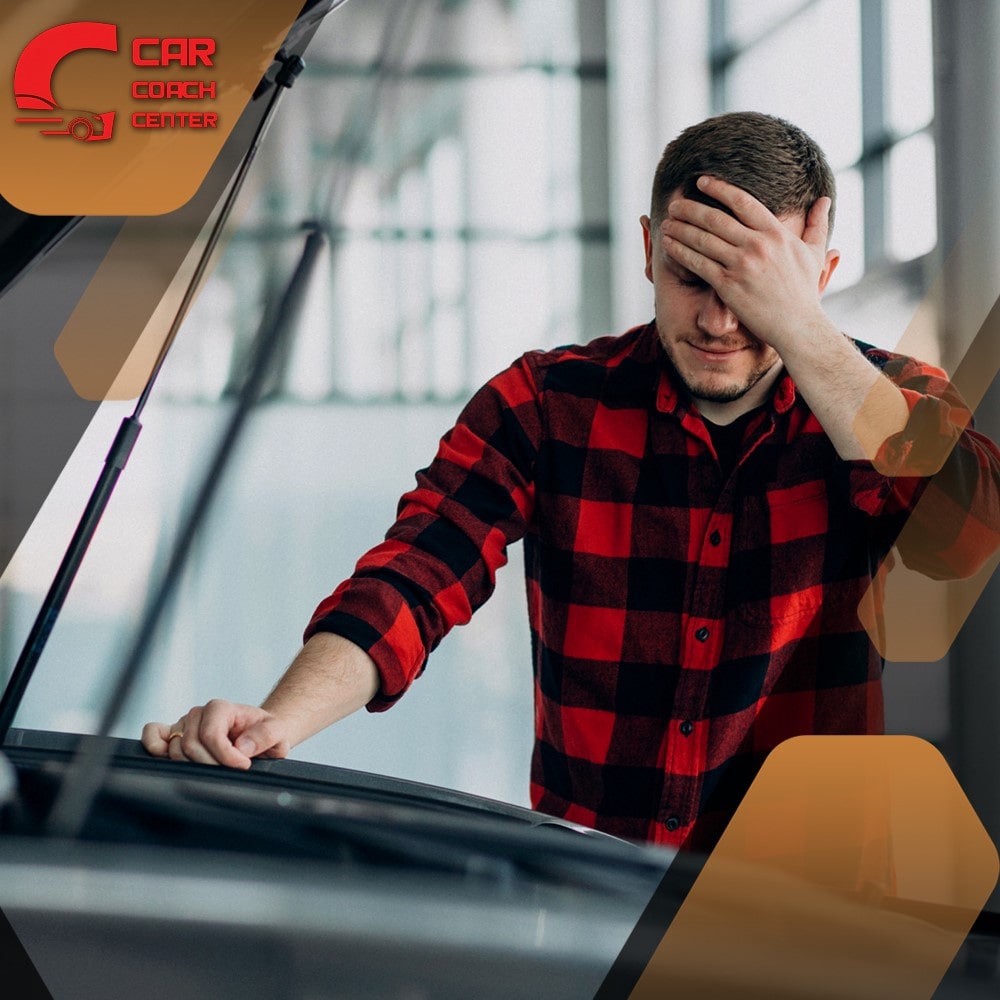Car Shuddering: Understanding the Causes and Solutions
Experiencing car shuddering while driving can be a cause for concern. Not only does it disrupt the smoothness of your ride, but it may also indicate underlying mechanical issues that require attention. In this comprehensive guide, we will explore the common causes of car shuddering, discuss diagnostic methods, provide solutions, and answer some frequently asked questions about this issue.

Common Causes of Car Shuddering
Wheel Issues
One of the leading causes of car shuddering is related to problems with the wheels. Several factors can contribute to this issue, including damaged tires or rims, improper wheel alignment, and worn wheel bearings.
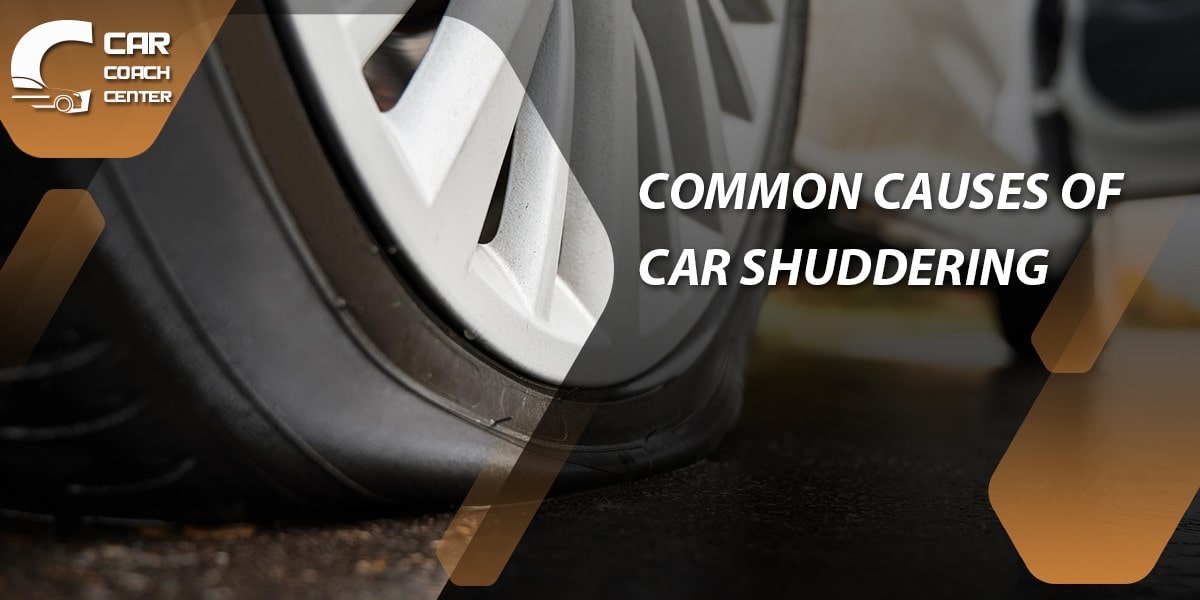
Damaged Tires or Rims
If you have recently been involved in a minor accident or scraped a curb, it’s possible that your tires or rims have sustained damage. Uneven tire wear or the presence of cracks or bubbles on the tire surface can compromise the integrity of the tire, resulting in a bumpy ride and car shuddering.
Improper Wheel Alignment
Misaligned wheels can cause the tires to fight each other while driving, leading to strong wheel vibrations and car shaking. Over time, components such as wheel ball joints and bushings can wear out, causing “play” in the wheels and contributing to steering wheel vibration. Prompt attention to these issues is essential to ensure safe and smooth driving.
Worn Wheel Bearing
Wheel bearings allow the wheels to rotate freely while connected to the axle. However, over time, they can wear out, leading to car shuddering. Signs of a worn wheel bearing include unusual noise, such as grinding or humming, and excessive play in the wheels. Immediate repair is necessary to prevent further damage and ensure driving safety.
Engine Problems
In some cases, car shuddering can stem from issues with the engine. Several engine-related problems can cause vibrations during driving, including misfiring spark plugs, clogged fuel injectors, and a faulty ignition system.
Misfiring Spark Plugs
Worn-out or faulty spark plugs can lead to engine misfires, resulting in car shuddering. The combustion process becomes inefficient, causing a disruption in the smooth operation of the engine. Regular spark plug replacement is crucial for maintaining optimal engine performance and preventing shuddering.
Clogged Fuel Injectors
Fuel injectors play a vital role in delivering fuel to the engine cylinders. When they become clogged or dirty, the fuel flow is disrupted, leading to uneven combustion and car shuddering. Regular cleaning and maintenance of the fuel injectors are essential to prevent this issue.
Faulty Ignition System
A malfunctioning ignition system can also contribute to car shuddering. Problems with components such as ignition coils, ignition control module, or spark plug wires can lead to inconsistent engine performance and vibrations. Timely repair or replacement of faulty ignition system components is necessary to address this issue.
Suspension and Steering Issues
Faulty suspension and steering components can cause car shuddering and compromise the overall driving experience. Common culprits include worn-out shock absorbers, faulty tie rod ends, and unbalanced wheels.
Worn-out Shock Absorbers
Shock absorbers play a critical role in maintaining a smooth and stable ride by dampening the impact of road irregularities. When they become worn-out or damaged, the suspension system fails to effectively absorb shocks, leading to car shuddering. Replacement of worn-out shock absorbers is necessary to restore proper suspension function.
Faulty Tie Rod Ends
Tie rod ends connect the steering system to the wheels, allowing for proper steering control. When these components wear out or become damaged, they can cause steering wheel vibration and contribute to car shuddering. Replacing faulty tie rod ends is crucial for safe and precise steering.
Unbalanced Wheels
Unbalanced wheels can cause car shuddering, especially at higher speeds. When the weight distribution on the wheels is uneven, it leads to vibrations that can be felt throughout the vehicle. Regular wheel balancing is necessary to ensure a smooth and comfortable ride.
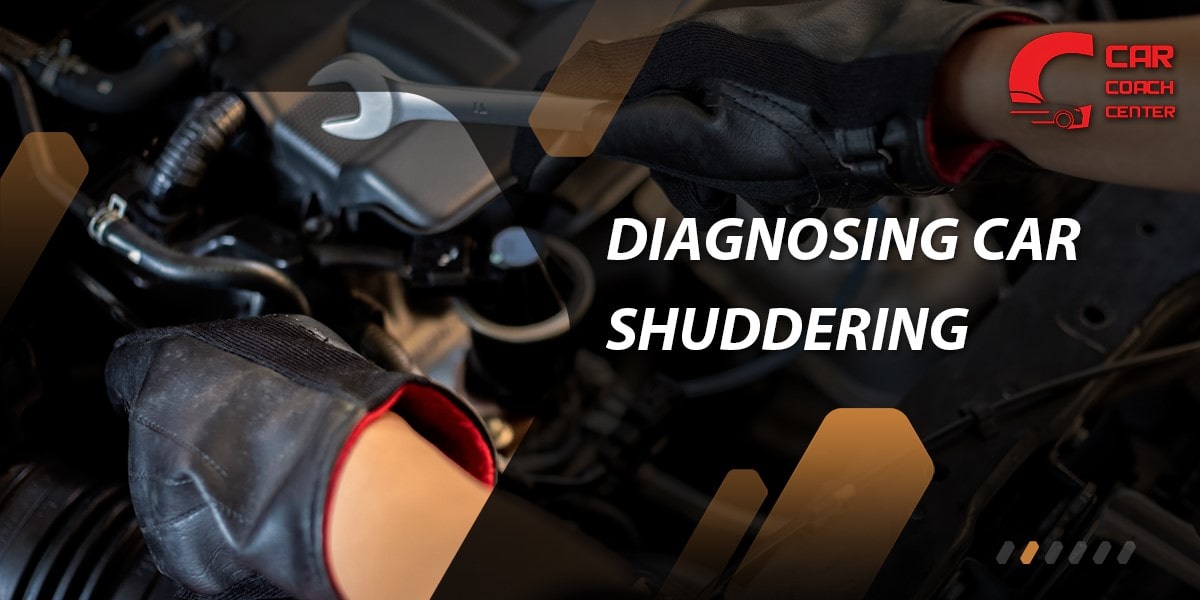
Diagnosing Car Shuddering
When experiencing car shuddering, it’s important to diagnose the underlying cause accurately. Here are some methods to help identify the issue:
Visual Inspection
Start by visually inspecting the wheels and tires for any signs of damage, such as cracks, bulges, or uneven wear patterns. Check the condition of the rims and ensure they are not bent or damaged. Additionally, examine the suspension system for any visible issues, such as leaking shock absorbers or worn-out tie rod ends.
Test Drive
Take your car for a test drive and pay close attention to when and how the shuddering occurs. Note if it happens during acceleration, braking, or at a specific speed range. Observe any accompanying symptoms, such as unusual noises or changes in steering performance. This information will help narrow down the potential causes of the problem.
Professional Diagnosis
If the visual inspection and test drive do not reveal the root cause of the car shuddering, it’s recommended to seek professional help. A trained mechanic can perform a comprehensive diagnostic assessment using specialized tools and equipment. They will be able to identify the specific issue and provide the appropriate solution.
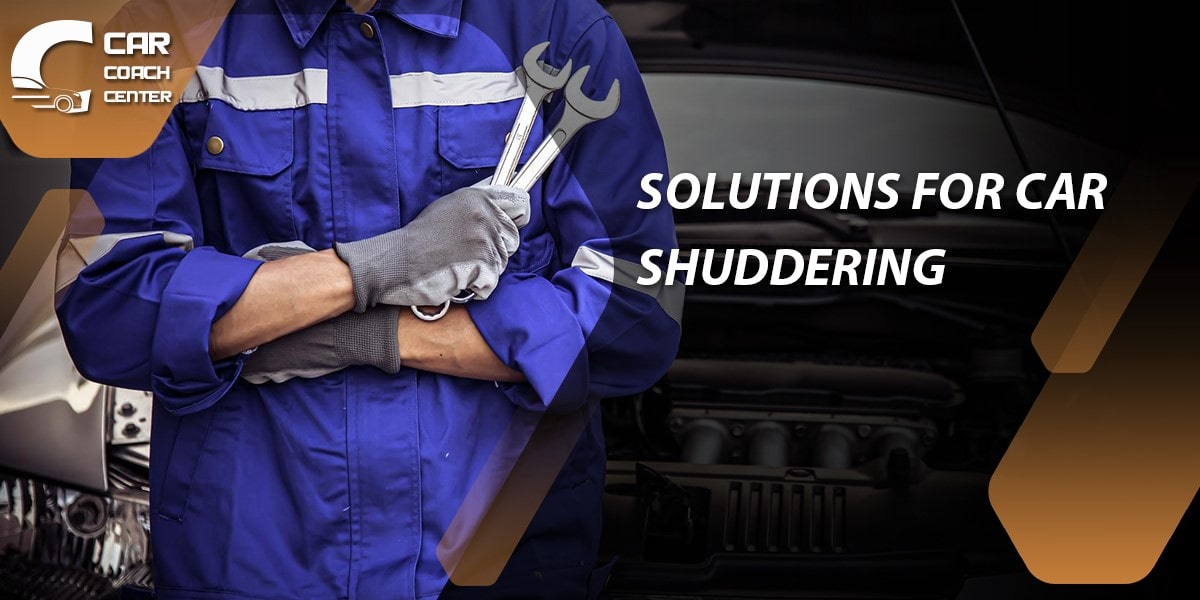
Solutions for Car Shuddering
Once the cause of the car shuddering has been identified, appropriate solutions can be applied. Here are some common remedies for different causes:
Wheel and Tire Maintenance
- Tire Rotation and Balancing: Regularly rotating the tires and balancing the wheels ensures even tire wear and prevents shuddering caused by imbalances.
- Wheel Alignment: Proper wheel alignment helps optimize tire performance and prevents uneven wear, contributing to a smoother ride.
- Wheel and Rim Replacement: If the tires or rims are damaged beyond repair, replacing them with new ones is necessary to eliminate shuddering.
Engine Maintenance
- Spark Plug Replacement: Worn-out or faulty spark plugs should be replaced to ensure proper combustion and eliminate engine misfires.
- Fuel Injector Cleaning: Regular cleaning of fuel injectors prevents clogging and ensures an uninterrupted fuel flow, reducing shuddering caused by uneven combustion.
- Ignition System Repair: Address any issues with the ignition system components, such as ignition coils or spark plug wires, to restore smooth engine operation.
Suspension and Steering Repair
- Shock Absorber Replacement: Worn-out or damaged shock absorbers should be replaced to restore proper suspension function and eliminate car shuddering.
- Tie Rod End Replacement: Faulty tie rod ends should be replaced to ensure safe and precise steering, reducing vibrations in the steering wheel.
Wheel Balancing: Regular wheel balancing helps eliminate vibrations caused by uneven weight distribution, promoting a smooth and comfortable ride.
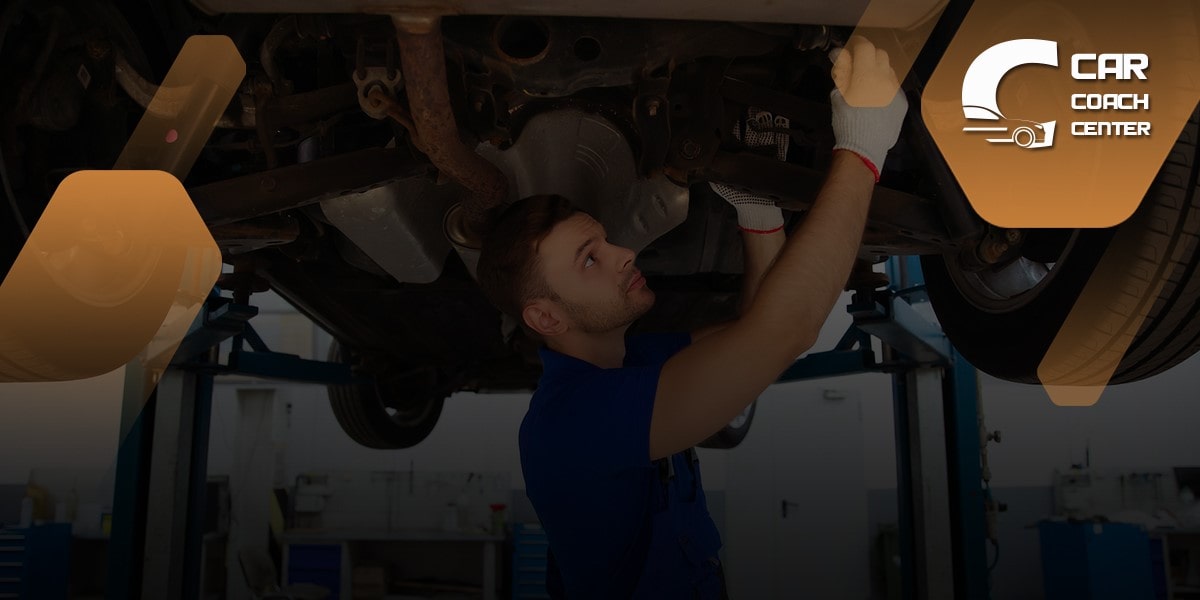
Conclusion
Car shuddering can be a frustrating and potentially dangerous issue. By understanding the common causes and implementing appropriate solutions, you can ensure a smoother and safer driving experience. Regular maintenance, visual inspections, and prompt professional diagnosis are key to preventing and addressing car shuddering. Keep your wheels, engine, suspension, and steering system in good condition to eliminate vibrations and enjoy a comfortable ride.
Is it safe to drive a car that is shuddering?
Driving a car that is shuddering can be unsafe, as it may indicate underlying mechanical issues. It's best to have the problem diagnosed and resolved promptly to ensure safe driving.
Can car shuddering be fixed without professional help?
While some minor issues can be addressed by car owners, it's often recommended to seek professional help for accurate diagnosis and appropriate repairs.
How often should I rotate my tires to prevent car shuddering?
Tire rotation should be done approximately every 6,000 to 8,000 miles to promote even tire wear and prevent shuddering.
What are the signs of a worn wheel bearing?
Signs of a worn wheel bearing include unusual noise, such as grinding or humming, and excessive play in the wheels.
Can car shuddering be caused by transmission issues?
Yes, transmission issues such as slipping or misfiring can cause car shuddering. It's important to have the transmission system inspected and repaired if necessary.
Why is wheel alignment important for preventing car shuddering?
Proper wheel alignment ensures optimal tire performance, prevents uneven wear, and reduces vibrations that can result in car shuddering.

